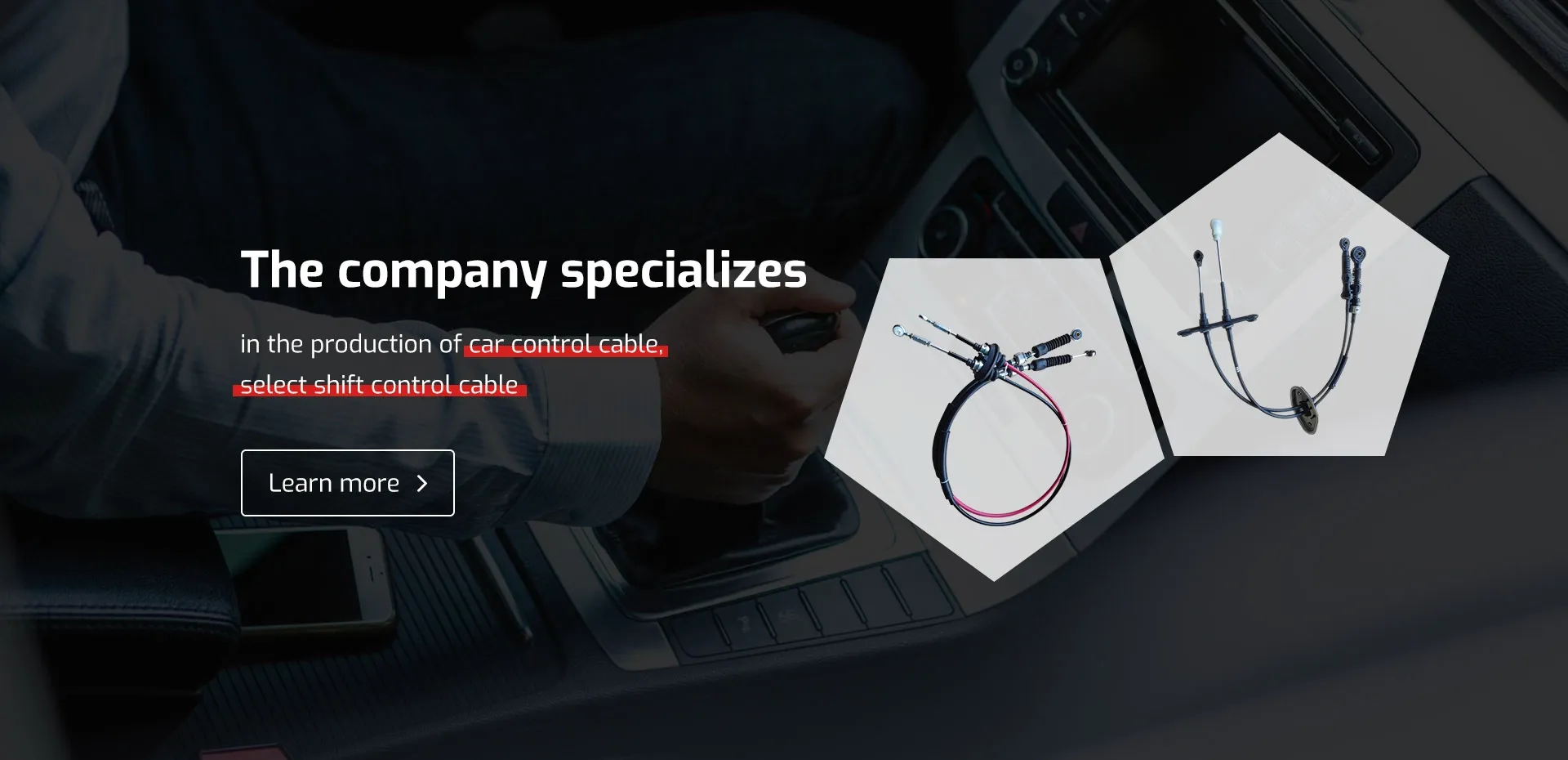Alternative Inner Gear Cable Options for Enhanced Bike Performance and Smooth Shifting
Understanding Inner Gear Cables The Unsung Heroes of Bicycle Performance
When it comes to cycling, there are numerous components that contribute to a smooth and efficient ride. Among these, the inner gear cable often goes unnoticed, yet it plays a crucial role in the overall performance of a bicycle. This article explores the importance, functionality, and maintenance of inner gear cables, helping cyclists understand how these components contribute to their riding experience.
What is an Inner Gear Cable?
The inner gear cable is a thin wire that connects the shifters on a bicycle's handlebars to the derailleurs located near the rear and front gears. Its primary function is to transmit the rider’s shifting commands to the derailleur, allowing for seamless transitions between different gears. Typically housed within an outer casing, the inner cable is designed to be flexible yet durable enough to withstand the rigors of cycling, including tension, friction, and exposure to the elements.
The Importance of Inner Gear Cables
1. Precise Shifting The effectiveness of shifting largely depends on the quality and condition of the inner gear cable. A well-functioning cable allows for quick, accurate gear changes, enabling riders to adapt their gearing to different terrains and riding conditions. Poorly maintained or frayed cables can lead to sluggish or missed shifts, negatively impacting the cycling experience.
2. Durability and Maintenance Inner gear cables are subject to wear and tear over time. Exposure to dirt, moisture, and constant tension can cause them to fray or rust. Regular maintenance, including cleaning and lubrication, is essential to prolong the life of the cable. Cyclists are encouraged to inspect their cables weekly and replace them every 1,000 to 2,000 miles, or whenever they notice signs of wear, to ensure reliable performance.
3. Type of Cables There are various types of inner gear cables available, typically made from stainless steel or other durable materials. Some cables are coated with materials such as plastic to reduce friction and increase longevity. Cyclists should choose cables that fit their specific gear system (e.g., Shimano, SRAM, or Campagnolo) to ensure compatibility and optimal performance.
inner gear cable

4. Installation and Adjustment Proper installation of inner gear cables is crucial for ensuring efficient shifting. When installing a new cable, it’s important to route it through the appropriate guides and to adjust the tension correctly. If the cable is too loose, shifting will be sluggish; if it’s too tight, it may lead to over-shifting or increased stress on the derailleur. Many cyclists find it beneficial to consult online tutorials or seek professional assistance at a bike shop for installation and adjustment.
How to Maintain Inner Gear Cables
1. Regular Cleaning Keeping the cables clean is essential for their longevity. A simple wipe-down with a cloth after rides can help remove dirt and grime. Cyclists should also consider using degreasers and lubricants designed for bicycle cables to reduce friction.
2. Inspect for Wear Regularly inspect the cables for fraying or rust. If you notice any defects, replace the cable immediately to prevent potential shifting issues.
3. Cable Tension Periodically check the cable tension, especially after long rides or if you notice changes in shifting performance. Adjusting the tension can often resolve minor issues without the need for a complete replacement.
Conclusion
Inner gear cables may be small components of a bicycle, but they are essential for maintaining optimal performance and enhancing the riding experience. By understanding their function, maintaining them properly, and knowing when to replace them, cyclists can ensure smooth and reliable shifting on every ride. Investing time in the care of these cables will ultimately lead to an enjoyable cycling journey, allowing riders to focus on the road ahead rather than mechanical frustrations. So the next time you gear up for a ride, remember to give a nod to those unsung heroes your inner gear cables.
-
Upgrade Your Clutch System with Premium Hydraulic Clutch LinesNewsJul.31,2025
-
Unlock the Power of Precision with Our Throttle CablesNewsJul.31,2025
-
Unleash Power and Precision with Our Accelerator CablesNewsJul.31,2025
-
Experience Unmatched Safety with Premium Handbrake CablesNewsJul.31,2025
-
Enhance Your Vehicle's Performance with Quality Gear CablesNewsJul.31,2025
-
Workings of Clutch Pipe and Hose SystemsNewsJun.04,2025
